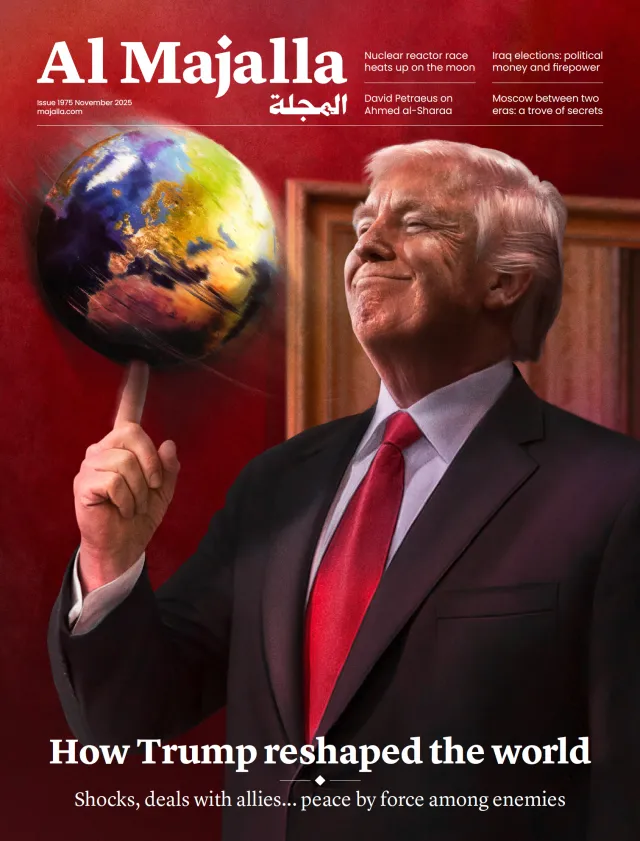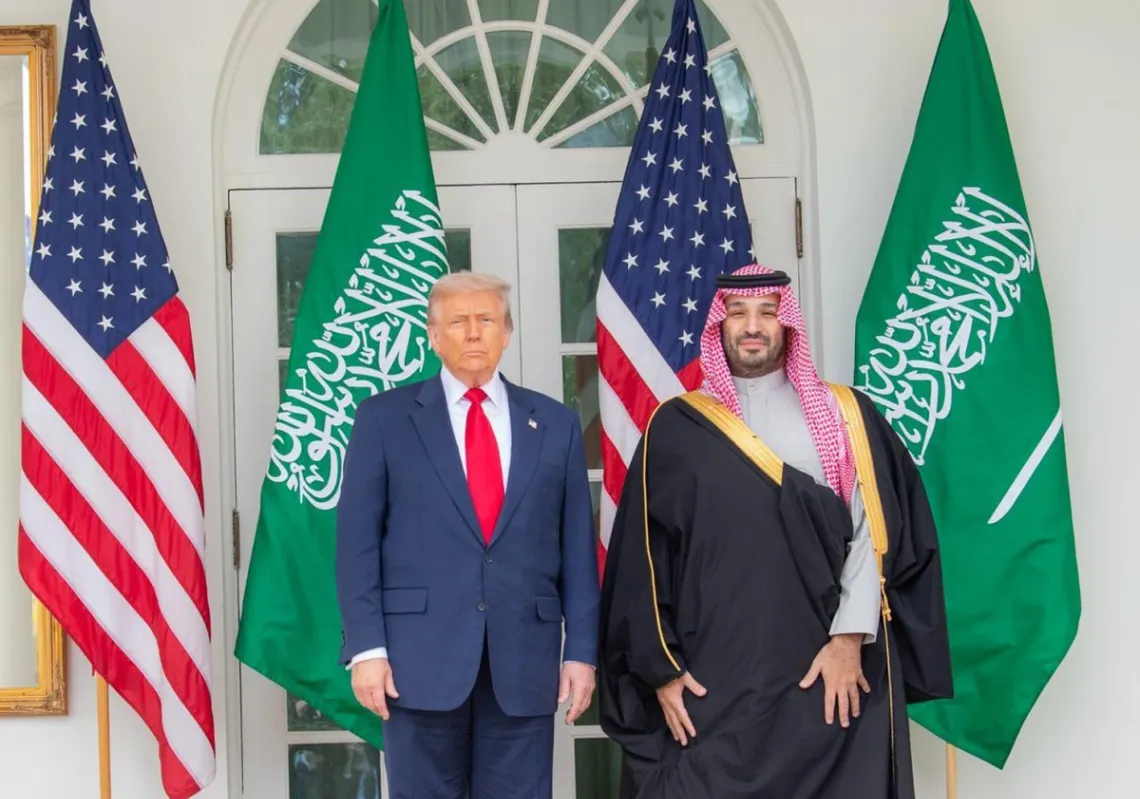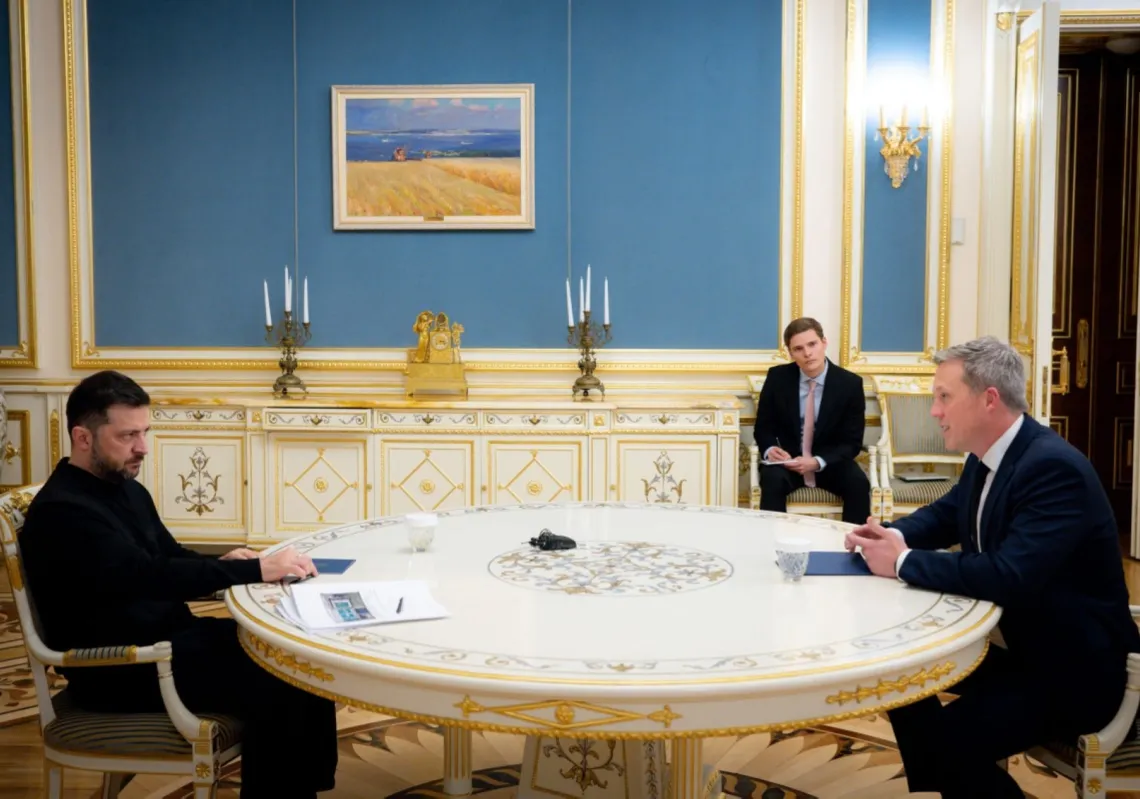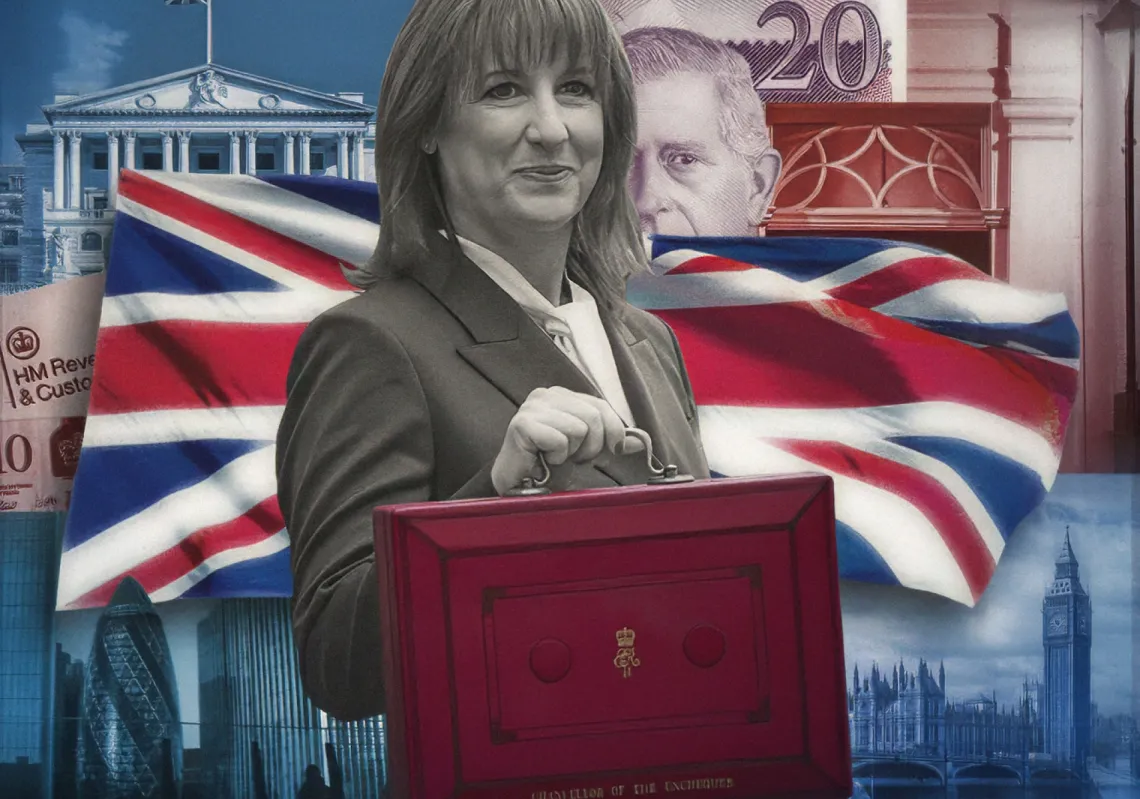A unique exhibition of its kind, hosted by the Complex of Arts at Aisha Fahmy Palace in Zamalek, includes masterpieces of Egyptian plastic art that are invaluable and whose artistic value is increasing day by day as well so that international auction houses such as Christie's and Sotheby's compete for them.
Egyptian Art in the Twenties of the Last Century represents a panorama of the time period between 1920 and 1929; that rich era in which the features of the call for Egyptian nationalism were formed through the space of paintings and the details of sculptural works.
The exhibition includes paintings by 20 male and female artists, including the pioneer of contemporary Egyptian painting Mahmoud Said and the famous sculptor Mahmoud Mokhtar, and it will continue until the beginning of next August.
Majalla met with plastic artist Ehab Al-Labban, director of the Complex of Arts in Zamalek overlooking the Nile, who spoke about the importance and value of the exhibition.
"The exhibition comes as part of the celebration of that era which was rich in creativity. The exhibits were organized by the Egyptian Ministry of Culture and was inaugurated by Minister of Culture Enas Abdel Dayem.”

He added that the exhibition represents a reference for researchers and scholars for this golden period of the history of Egyptian plastic art, collected in one place to shed light on the cultural and artistic radiation that characterized this era.
“This, I believe, represents a golden key to modern Egyptian plastic art."
The exhibitions of the Complex of Arts are characterized by a comprehensive educational trend that highlights the strengths of the various streams of Egyptian plastic art, with the aim of introducing new generations to the stages of development of this art and the strengths that distinguish it.
The exhibition is a journey through time during the period of artistic glow in the early twentieth century, at which time Egypt witnessed the fame of art stars in various fields, whether in plastic art, theatre, cinema or literature.
The works take you to the Alexandrian cultural climate that shaped Mahmoud Saeed’s conscience and was linked to the presence of various foreign communities, while Mokhtar’s works highlight a brilliance in drawing inspiration from the pharaonic heritage in the details of the sculptures and the embodiment of agriculture as an expression of the Egyptian identity.
In general, the works highlight a trend of liberation from academic rules and ideals of plastic art, so that each artist creates their own mark and rhythm, whether in sculpture or photography.
Al-Labban added, continuing his talk about the exhibition: “In 1908, when the College of Fine Arts was established, features and a curriculum for modern Egyptian art began with techniques taken from European art.
“In opening up to the world, it establishes a different approach in the production of culture and an actual societal movement formed by intellectuals and all aspects of Egyptian culture in which a wave of change took place.
“The research on what was produced during this period was contributed by artists of Armenian, Levantine and Turkish origins. There were also well-known artists in the masses and there were other unknown artists known only on the academic artistic level, including Ali Al-Ahwany, George Sabbagh, Ahmed Sabry, Shaaban Zaki and Mohamed Hassan.”

Al-Labban noted, "The exhibition highlights the base on which the pioneer artists relied and opened the way for many generations after them. Mahmoud Saeed, Mahmoud Mokhtar, Ragheb Ayad and Youssef Kamel laid the first building block for the so-called modern Egyptian art, as they had perseverance and diligence to pave the way, at this time as well.
“The Fine Arts Society was established, and it was a period of renaissance in which creativity mingled with a popular sense of movement motivated by Egyptian nationalism.”
He continued, "The twenties is the real period that allowed the establishment of a focal point for plastic art with an Arab identity after a period of European influence that followed the period of Orientalism.”
He added that this came as “the Orientalist paintings focused on the nature of life as well as the habits and lifestyle of the Egyptians, which were the focus of research for Orientalists. These are the artworks that recorded details of life and became a reference for the lives of Egyptians in the fields of cinema and television”.
He went on saying "That era, with all the cultural and social movement, created a solid cultural milieu that expanded and developed until we had a base of artists, each with their own color and personality. It started from Cairo and Alexandria and expanded and branched out to include Egyptian cities."
Regarding the presence of vibrant and modern works by female artists who are not well-known outside the academic domain, Al-Labban said: "The most important works on display are the paintings of Amy El-Nimr and Suzanne Adly. We wanted to shed light on the presence of influential and active female artists in Egyptian society."
"Our duty is to carefully search for the important collection by researching everything that was produced in this period and presenting it in a systematic context that is able to attract the viewers’ eye and stir their feelings and mind."
The director of the Complex of Arts explained: "We used the Egyptian museums to organize this exhibition, including the Museum of Modern Art, Mahmoud Mokhtar Museum, Mohamed Nagy Museum, Mahmoud Said Museum, and a group of individuals' holdings, to collect the features of that era.
“The preparation for the exhibition took several months, as a panoramic study of all the works produced in the 1920s and some of the works were restored by a skilled and specialized team at the Complex of Arts.”

Al-Labban confirmed, "All these works will be documented with information and details of their production in a detailed catalog that also includes the format and coordination of the display that we offer in the Complex of Arts, which matches the latest international methods of display with the simplest capabilities."
The exhibition provides a unique experience as it gathers unparalleled masterpieces from the treasures of Egyptian plastic art, which guarantees an enjoyable tour with a high-class artistic presentation scenario, which is designed by artist Al-Labban and implemented very carefully and accurately.
More than 100 years since its production, the exhibits of elegant oil paintings surround the walls of the Aisha Fahmy Palace or the Complex of Arts with all its splendor, while another artistic dialogue revolves between sculpture, photography and painting.












